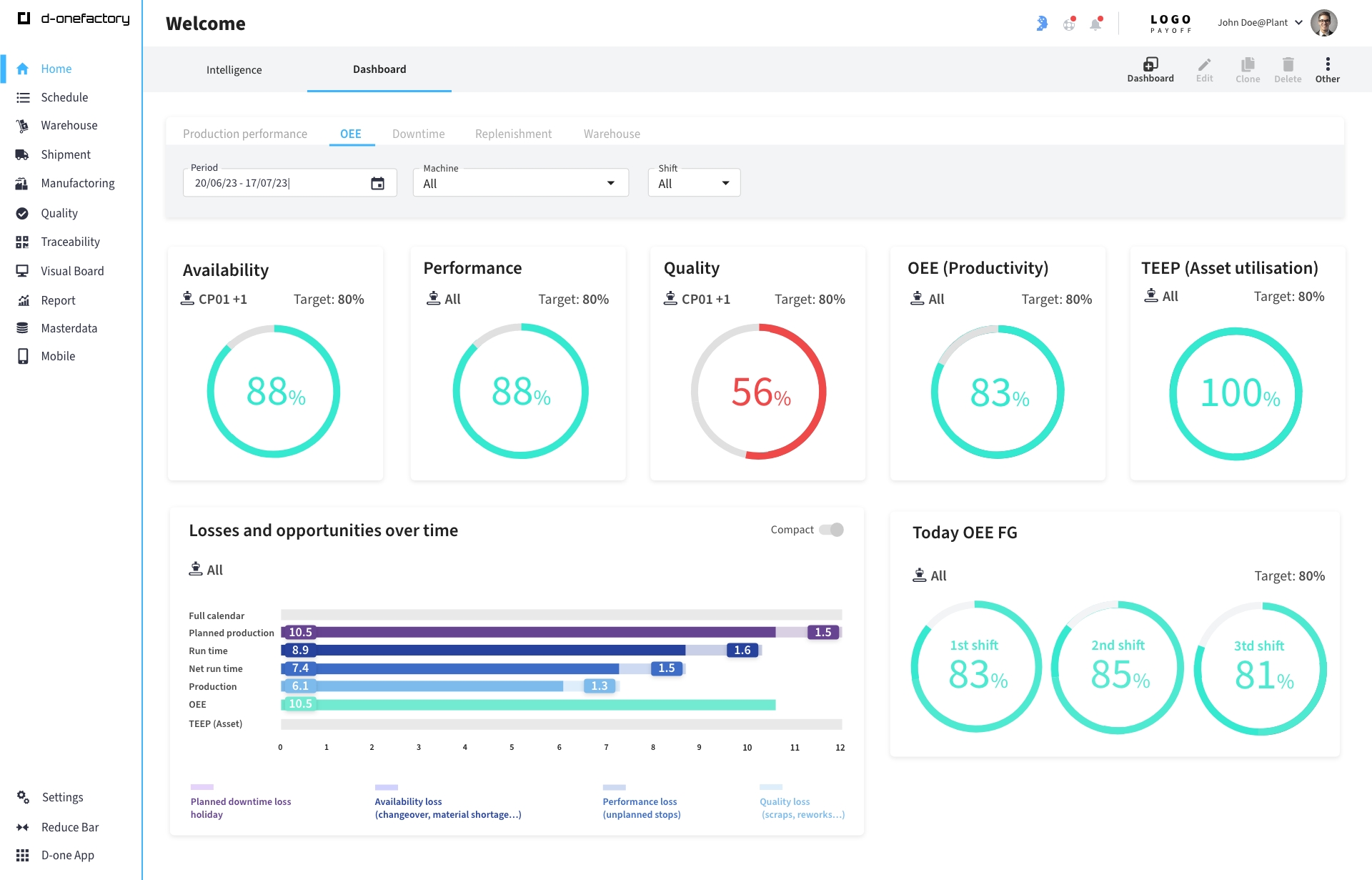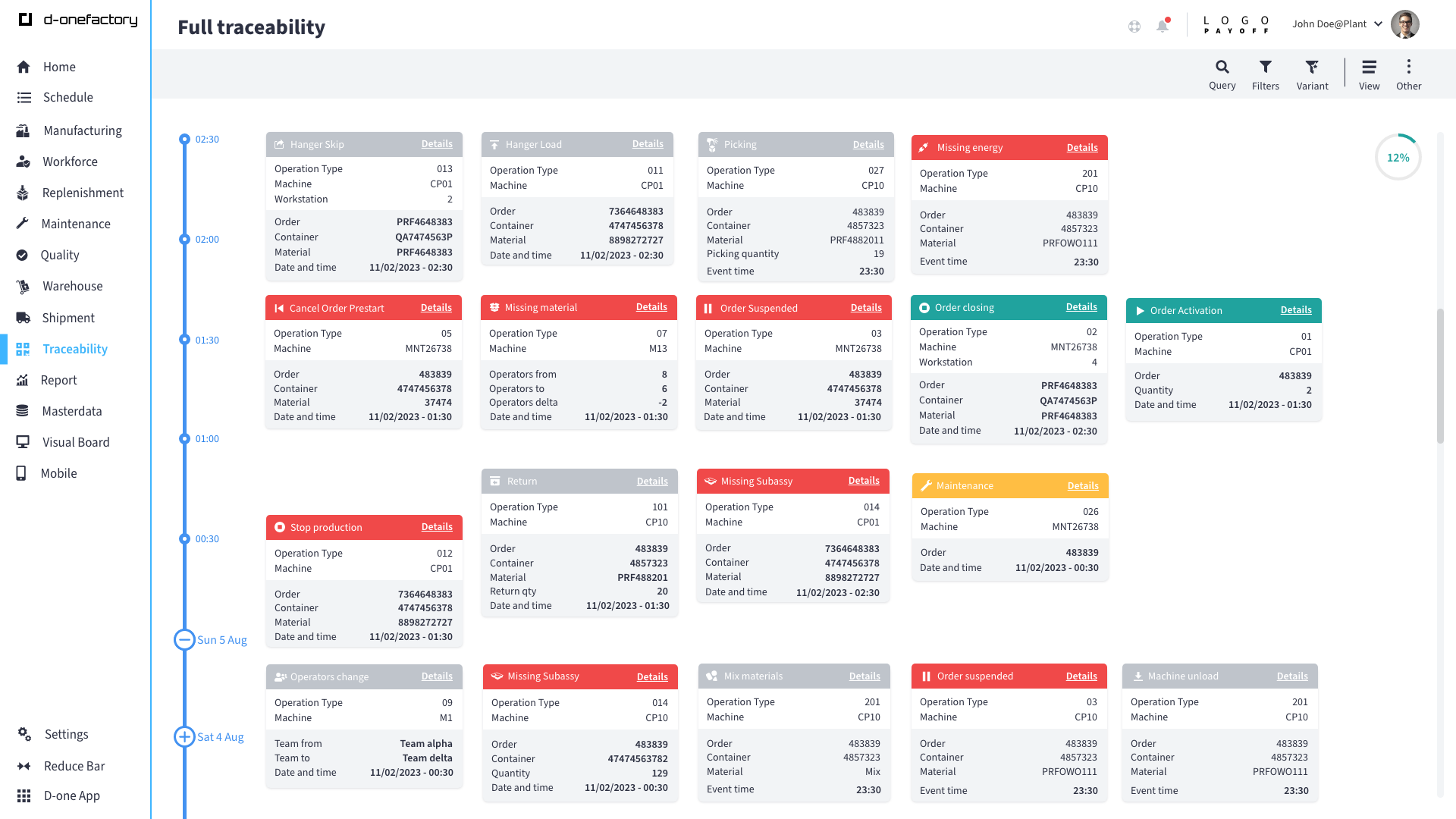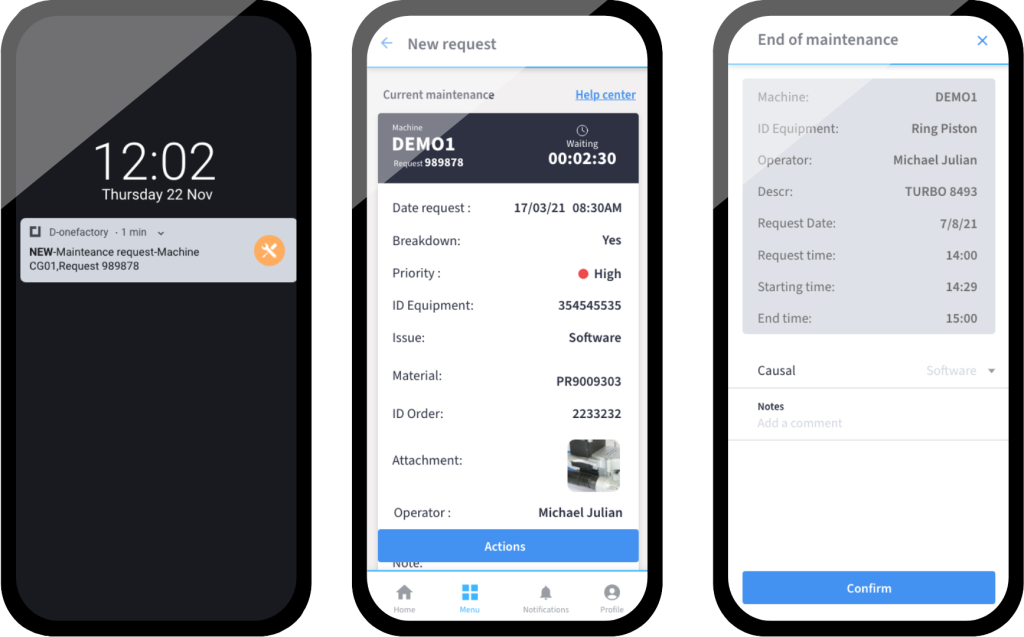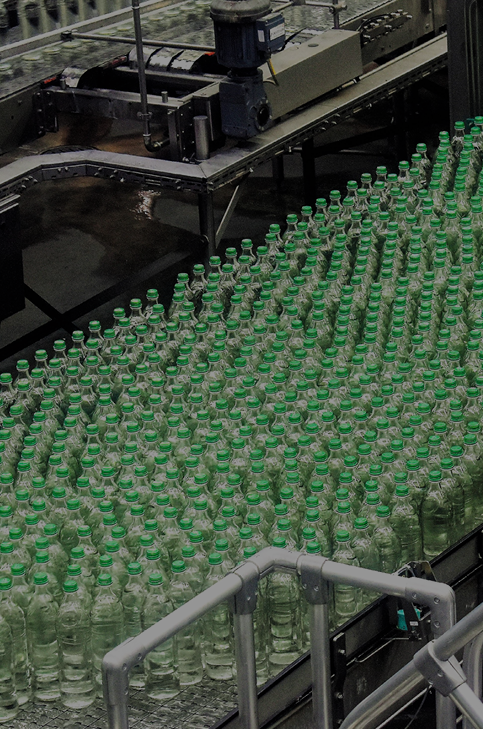OEE in Manufacturing: Improving Efficiency Step by Step

In the manufacturing industry, a significant portion of factories operates at only 60% of their maximum potential, with 40% of time lost due to equipment breakdowns, production bottlenecks, quality defects, and other inefficiencies. But what does OEE (Overall Equipment Effectiveness) truly mean, and how can it transform your business performance?
What is OEE?
Overall Equipment Effectiveness (OEE) is a key metric for assessing how effectively a manufacturing process utilizes its equipment to generate high-quality products. It is based on three factors: Availability, Performance, and Quality. By multiplying these three factors, you get OEE, which ranges from 0% (no production) to 100% (perfect production). A realistic benchmark is 85%, indicating a highly efficient process.

Why is it important in Manufacturing?
Improving OEE brings significant benefits:
- Reduced Production Costs: Identifying and removing waste and inefficiencies can lower operating expenses.
- Improved Product Quality: Defect-free products satisfy customers and reduce return and scrap costs.
- Increased Customer Demand: Higher production meets demand and captures new market opportunities.
- Competitive Advantage: Maximizing productivity and quality sets you apart from competitors.
Calculating OEE
Calculating OEE requires data like planned production time, actual operating time, ideal cycle time, and the total number of units produced. OEE factors (Availability, Performance, and Quality) are calculated using this data and then multiplied to obtain OEE.
Overcoming Manufacturing Challenges with OEE
The three OEE factors, including Availability, Performance, and Quality, map into the Six Big Losses, providing concrete and manageable actions within which to categorize your losses. This makes it easier to see where your improvement efforts can have the greatest impact.
Working to reduce Availability Loss in the form of Equipment Failures or Setups and Adjustments helps in reducing unplanned stops or downtime, as well as minimizing any planned stops.
Addressing Performance Loss that results from Idling and Minor Stops, as well as Reduced Speed, prevents small stops and slow cycles from accumulating.
Finally, minimizing Quality Loss in the form of Process Defects and Reduced Yield reduces the number of unusable parts produced.
In all, the Six Big Losses name and categorize problems that manufacturers face every day. Consistently working within these six big losses to take action, one loss at a time, will result in consistently improving OEE.


Strategies to Improve OEE
Calculating OEE is just the beginning. To improve it, you can:
- Predictive Maintenance: use data and analysis to predict when equipment will require maintenance, reducing breakdowns and downtime.
- Process Automation: implement technologies like sensors and robots to enhance production, reduce human errors, and increase precision.
- Equipment Upgrades: invest in better equipment to increase efficiency.
- Employee Engagement: motivate employees to participate in process improvement.
- Training and Education: equip employees with the skills needed to use equipment effectively.
Leveraging d-one for Manufacturing Excellence
D-one offers a dedicated tool for OEE calculation and performance monitoring. With this report, you can accurately calculate and track your OEE in real-time. What sets d-one apart is its ability to provide a deeper level of analysis, allowing you to pinpoint the root causes of inefficiencies and make informed decisions to improve your manufacturing process.
Additionally, the seamless integration of d-one with IIoT technology highlights our expertise in this domain, ensuring that the OEE report is not only automated but also delivered in real-time, providing an accurate reflection of what is happening on the production line.
With our IIoT capabilities, we enable the collection of real-time production data directly from the production machines themselves. This real-time data acquisition not only enhances the accuracy of the OEE report but also ensures its timeliness, allowing you to make informed decisions promptly.
Our reporting goes a step further by presenting the data in a visually intuitive manner, making it even more comprehensible for your team. These user-friendly visuals help you identify trends, anomalies, and performance metrics with ease.




